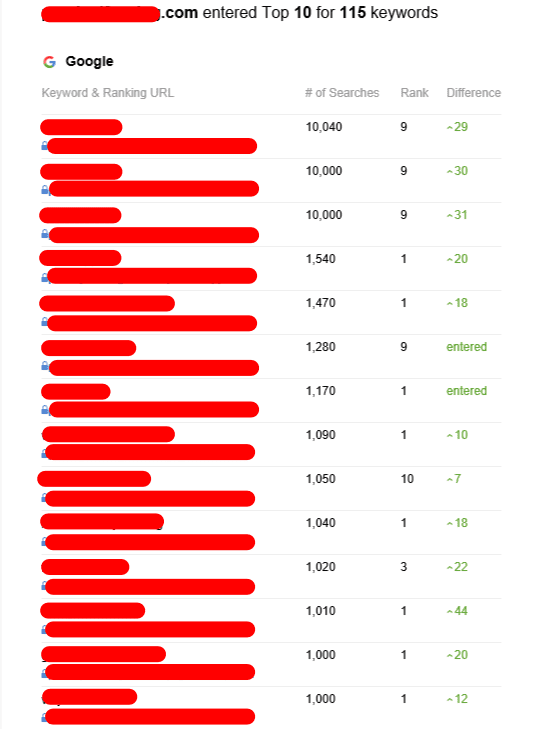Tiered Link Building - How to Avoid a Google Penalty
Tiered link building is a powerful tool to assist websites to improve their search engine rankings. However it is important to use it in a manner that is safe. Otherwise, it could lead to a Google penalty.
Tiered link building is the process of using multiple levels of backlinks in order to improve the ranking of a website. This method is employed by a variety of SEO experts and link building agencies.
First-tier links
Tiered link building is a powerful SEO technique that can boost your search engine ranking. It's important to understand how to use tiered link development correctly to avoid Google penalties. You can do this by using the tiers of your backlink pyramid. You can also use other SEO tactics, such as breaking links and niche editing building.

The first link in a tiered linking strategy should come from high-quality sites with an authority on domains and a PageRank that's higher than your own. This gives you a greater chance of ranking in the long-term. Links from sites that aren't of high quality can harm your rankings and raise Google's red warnings. Avoid linking from unrelated sites or those that feature only links.
You can also develop your first level by using forums and wikis with a large amount of user-generated content. This is a great way to obtain high-quality, contextual and relevant links. You should be aware of the fact that these links might not have as much link juice.
You can also use an information source like HARO to get a list of topics that reporters are seeking information on. This is an excellent way to construct your first level of links in a natural manner without breaking any rules. Make sure that you only link to sites that are trustworthy and relevant to your business.
Second-tier links
SEO companies and site owners utilize tier link development to boost their rankings on search engines. However, it's a risky strategy that can cause Google penalties. Tiered links are basically backlinks to websites of third parties that provide authority to your website. These backlinks can be used to transmit link value to your main web pages so that they rank higher in SERPs. However, this approach is time-consuming and costly. Additionally, it could be difficult to achieve a tipping point search engine rankings.
Tier two links are generally less effective than those in the first however they can be helpful to increase domain authority and organic rank. They can also make Tier 1 links more effective by increasing their value. Tier 2 backlinks are dofollow or notfollow, but dofollow is the preferred choice.
There are a variety of ways to build Tier 2 backlinks. These include guest posts and citations to niche-based articles. Additionally to that, you can use article directories and link roundups to build these links. Whichever method you select, it is important to make sure that the referring URLs are relevant to your context. It is also important to avoid low-quality links, as they could be interpreted by Google as spam. These tactics can quickly turn into a black-hat strategy that could result in penalties.
Third-tier links
Tiered link building is an effective tool that assists SEOs in ranking their websites on results pages of search engines (SERPs). However, it could also be risky if it is done incorrectly. If Google finds that the use of tiered links, it could penalize the site or even remove it from the search engine completely. There are ways to avoid this fate.
In the third tier, things can get messy. In this case, marketers employ third-party tools to build backlinks on a large scale. This could include blogs, directories with low quality bookmarking websites, wikis as well as other content that is created by users. These backlinks are designed to increase the PageRank and authority of your first-tier link.
These links can be traced back to the original source, which makes them a bit more risky than natural counterparts. They also don't increase PageRank too. Google's algorithm is becoming more sophisticated, and low-quality links are losing their value (even even if they're nofollow).
To prevent these issues marketers must be cautious when creating their third-tier backlinks. They should only choose third-party companies that have a proven track record. They should also avoid using any automation tools as they could cause issues. If Google detects an automated process, it may issue a penalty manually, which could significantly lower your rankings. It is essential to choose an SEO agency that has experience in tiered link development.
Fourth-tier links
Tiered link building is the process of creating a pyramid. This method allows websites with more authority which are more trustworthy to transfer link juice to lesser-authority websites which can then rank for certain keywords. This technique is effective in boosting website traffic and ranking over time. It is crucial to keep in mind that using tiered links on your entire website or even a single page may be risky.
To avoid this, you must ensure that your tier-2 backlinks originate from a variety of sources. Google could penalize your site in the event that your tier-2 links are all from the same source. Avoid linking to spammy sites since they can damage your website's reputation.
In addition to guest blogging as well, tier 2 links can be acquired through paid advertising or by submitting quality content to high-authority websites. Another option is to submit an article to HARO (Help a Reporter Out). The service sends emails to journalists on a variety of topics, and you can provide the information journalists require for their article.
This approach to building links is not a method that will last. Google's algorithm changes constantly and it is becoming increasingly difficult to create links from low-quality sources. Google is also more adept in detecting links that are automated. In the end, it is possible that tiered link building will eventually cease.
